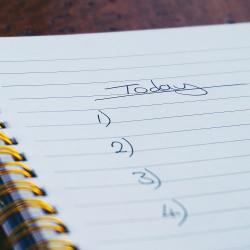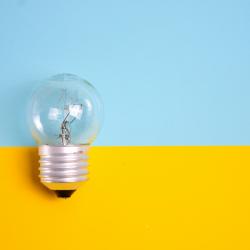Napping: How to Do It Right for Maximum Energy
The concept of napping has often been stigmatized as a luxury for the lazy or a pastime for the unmotivated. However, scientific research increasingly supports the idea that a well-executed nap can enhance productivity, improve mood, and boost energy levels. The key is to understand how to nap effectively. Here’s how you can master the art of napping for maximum energy.
Understanding the Science of Napping
Napping is a natural and powerful way to recharge, akin to a mini-reboot for the brain. Research has shown that napping can enhance cognitive function, reduce stress, and even improve cardiovascular health. The benefits of napping are largely tied to the stages of sleep and the duration of the nap.
When you sleep, you cycle through different sleep stages, including light sleep, deep sleep, and REM (rapid eye movement) sleep. Each stage plays a role in rest and recovery. The secret to a revitalizing nap lies in the timing: long enough to reap benefits but short enough to avoid grogginess.
The Ideal Nap Duration
-
The Power Nap (10-20 minutes): This is the most effective nap for a quick boost in alertness and energy. A power nap helps you stay in the light sleep phase, making it easier to wake up and immediately get back to your tasks. It’s perfect for a midday refresh without the risk of sleep inertia—the groggy feeling when you wake up from a deep sleep.
-
The Refresh Nap (30 minutes): This nap can be beneficial for improving memory and cognitive performance. However, it carries the risk of sleep inertia because you might enter the early stages of deep sleep.
-
The Full Cycle Nap (60-90 minutes): This longer nap allows you to complete a full sleep cycle, including REM sleep, which is crucial for problem-solving and creativity. It’s the go-to nap if you’re in need of significant recovery, though it requires more time and planning.
Timing Your Nap
The timing of your nap is just as important as its duration. Most people experience a natural dip in alertness in the early afternoon, typically between 1 p.m. and 3 p.m., making this the optimal window for napping. Napping too late in the day can interfere with your nighttime sleep, potentially causing insomnia or disrupting your sleep schedule.
Creating the Perfect Nap Environment
To maximize the benefits of your nap, create a conducive environment for sleep:
- Darkness: Use an eye mask or dim the lights to signal to your brain that it’s time to rest.
- Quiet: Minimize noise with earplugs or white noise machines.
- Comfort: Choose a comfortable position, whether it’s reclining in a chair or lying down, to help you relax quickly.
- Temperature: A slightly cooler room can aid in falling asleep faster.
Listen to Your Body
Finally, pay attention to your body’s signals. If you consistently feel the need for a nap, it might be indicative of insufficient nighttime sleep or other underlying health issues. Ensure you’re also maintaining good sleep hygiene at night for overall well-being.
Conclusion
Napping is no longer just a guilty pleasure; it’s a strategic tool for energy management. By understanding how to nap effectively—choosing the right duration, timing it well, and creating an ideal environment—you can harness the power of napping to improve your energy and productivity. So the next time you feel your eyelids drooping, take it as a cue to indulge in a brief but revitalizing nap.






















